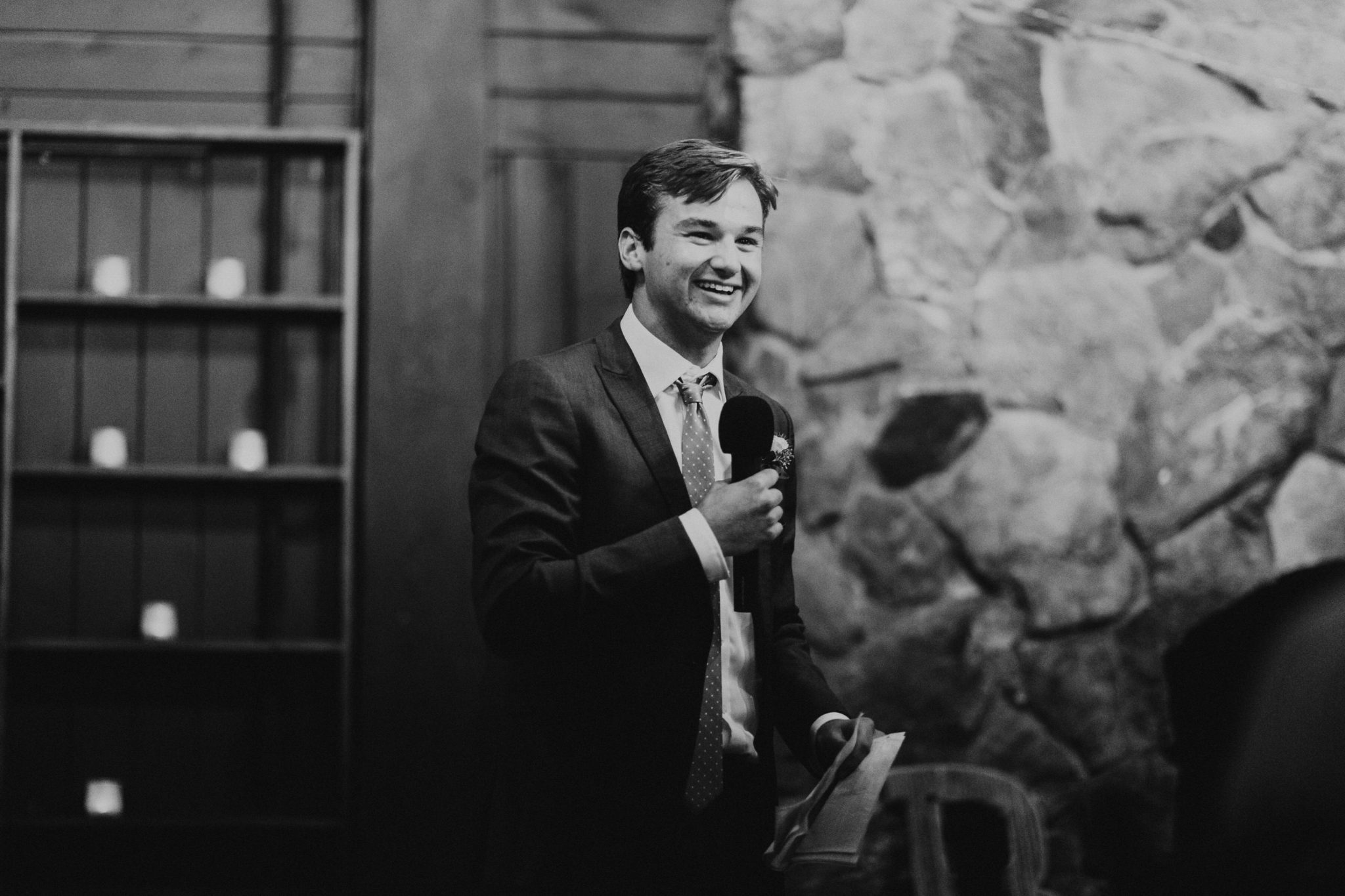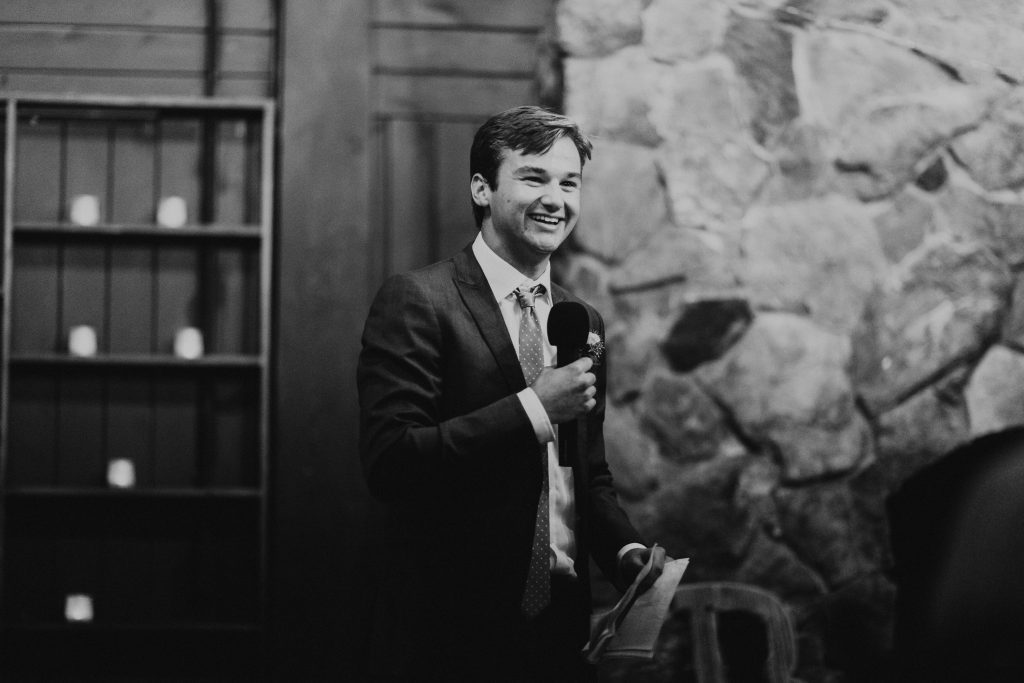2021 Summit Days education featured in-depth discussions on inclusive marketing, the outdoor recreation economy, climate action, trade and expanding outdoor participation, as well as the catalyst that moves all these issues forward: our shared commitment to advocacy.
In case you missed a session, or want to dive deeper, we rounded up the key insights and takeaways from each Summit Day. Read more below and if you haven’t already, watch the sessions on-demand. They’ll be available in the Outdoor Retailer platform until March 19.
THRIVING PEOPLE AND PLANET: HOW PUBLIC POLICY CAN BUILD AN OUTDOORS FOR ALL
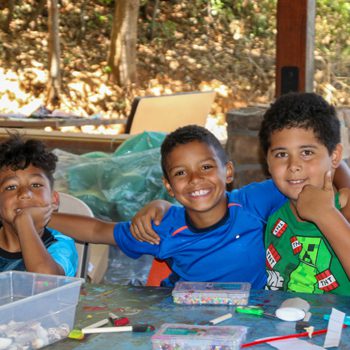 Leaders from all sectors of the outdoor community, including Secretary-Designate of Interior Deb Haaland, discussed how public policy can increase outdoor participation in diverse communities and how increasing participation, in turn, supports outdoor policy and benefits such as youth development, environmental stewardship, overall health and wellness and more. Key topic areas that surfaced:
Leaders from all sectors of the outdoor community, including Secretary-Designate of Interior Deb Haaland, discussed how public policy can increase outdoor participation in diverse communities and how increasing participation, in turn, supports outdoor policy and benefits such as youth development, environmental stewardship, overall health and wellness and more. Key topic areas that surfaced:
- As highlighted by Haaland, the outdoor industry has many opportunities to expand equitable access to the outdoors, particularly with BIPOC communities, through advocating for legislation, administrative action and other public sector measures.
- The Thrive Outside programs in San Diego and Oklahoma City have very different approaches to youth outdoor engagement, but both have been successful in advancing their advocacy and policy efforts.
- State offices of outdoor recreation play a critical role in the work to increase outdoor participation and pass policies to ensure and grow thriving outdoor communities.
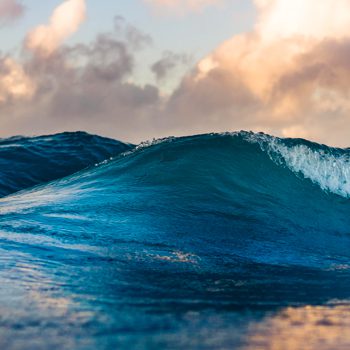 Outdoor recreation advocates, sportsmen and sportswomen, tribal leaders and equity experts convened to explore how we can work together to support public and private land conservation traditions in the U.S., address climate change, honor the sovereignty of tribal nations and ensure equitable access for current and future generations. Takeaways included:
Outdoor recreation advocates, sportsmen and sportswomen, tribal leaders and equity experts convened to explore how we can work together to support public and private land conservation traditions in the U.S., address climate change, honor the sovereignty of tribal nations and ensure equitable access for current and future generations. Takeaways included:
- Our economy, our businesses, and our communities are dependent on the health and well-being of public lands and waters and natural spaces across America.
- As outdoor industry businesses, intact and conserved outdoor spaces are fundamental to our existence. Investing in America’s natural infrastructure — can help the U.S. economy recover from the current economic crisis.
- Our success will depend on our honoring tribal nations who have stewarded lands and waters since time immemorial, on supporting private landowners committed to conservation on their property, on collaborating with outdoor recreation interests and historically underserved communities, and on heeding scientists
 Representatives of the outdoor industry and Congress came together to highlight the exciting opportunities we have to advance priorities for the outdoor recreation economy under a new Congress and administration. From combating climate change to promoting diversity and equity in the outdoors to preserving our public lands and waters and supporting a stable and predictable federal trade policy, the outdoor industry is in a unique position to work with friends and allies in support of our policy agenda. Highlights included:
Representatives of the outdoor industry and Congress came together to highlight the exciting opportunities we have to advance priorities for the outdoor recreation economy under a new Congress and administration. From combating climate change to promoting diversity and equity in the outdoors to preserving our public lands and waters and supporting a stable and predictable federal trade policy, the outdoor industry is in a unique position to work with friends and allies in support of our policy agenda. Highlights included:
- Outdoor companies will help the U.S. be a leader on climate. With this Congress and administration, every bill will be a climate bill. Every agency will be a climate agency.
- Investment in green infrastructure is critical to preserving our public lands and spurring economic recovery. Green infrastructure is critical infrastructure.
- In the face of uncertainty due to trade wars and a global pandemic, outdoor companies have been resilient and, with a balanced trade agenda, are set up for growth and success.
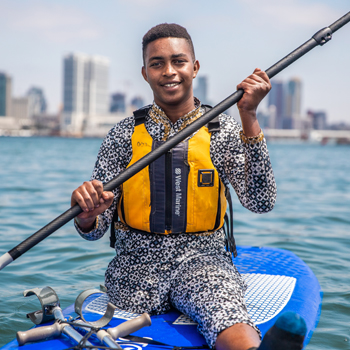 Outdoor brands, advocates, athletes and marketing leaders joined together to discuss the work they are doing to rethink their marketing strategies, build authentic relationships and incorporate strong representation in their advertising. This candid and transparent conversation dug into the pivotal moments from each participant’s journey and the lessons learned and best practices they’ve developed along the way. Key insights included:
Outdoor brands, advocates, athletes and marketing leaders joined together to discuss the work they are doing to rethink their marketing strategies, build authentic relationships and incorporate strong representation in their advertising. This candid and transparent conversation dug into the pivotal moments from each participant’s journey and the lessons learned and best practices they’ve developed along the way. Key insights included:
- Change starts within. There can be no external change at a brand or company without internal change – marketing and advertising must reflect an authentic shift in company culture.
- Take the time for a “transformational pause.” The work ahead takes time. Ensure your team takes the time to reset and shift priorities to truly do it.
- Acknowledge and represent all marginalized populations. What does true representation look like for your brand? Partnerships can only advance and accelerate your work.





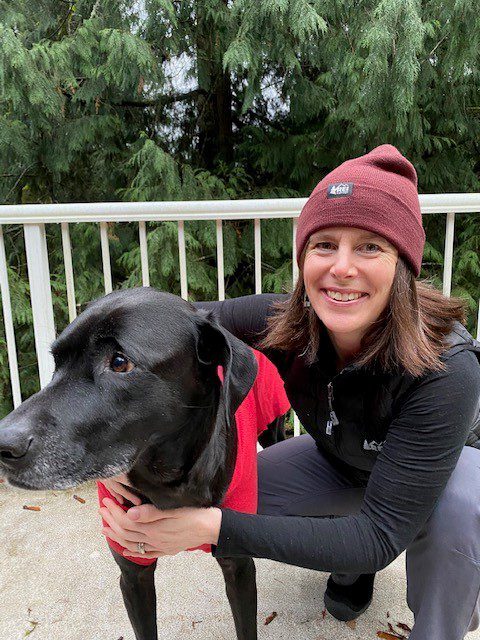 REI Co-op has donated $1 million to the Thrive Outside initiative in hopes of helping kids in urban centers around the U.S. have repeating outdoor experiences in slices of nature close to home. As manager of REI Co-op’s philanthropy and community partnerships programs, Kristen Ragain works to support programming that ensures that every person can benefit from time outdoors. We asked her why it’s so important to support this, and how she thinks the average American’s outdoor experience could change once life begins to return to normal.
REI Co-op has donated $1 million to the Thrive Outside initiative in hopes of helping kids in urban centers around the U.S. have repeating outdoor experiences in slices of nature close to home. As manager of REI Co-op’s philanthropy and community partnerships programs, Kristen Ragain works to support programming that ensures that every person can benefit from time outdoors. We asked her why it’s so important to support this, and how she thinks the average American’s outdoor experience could change once life begins to return to normal.